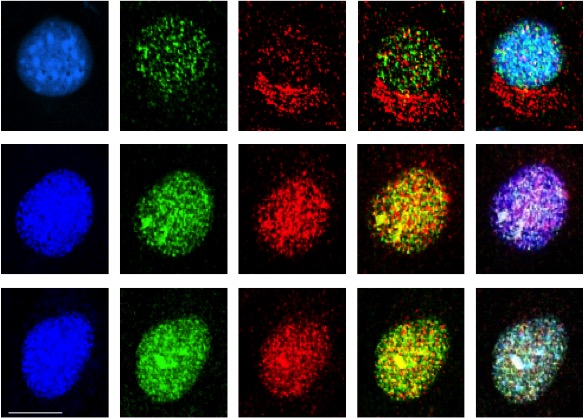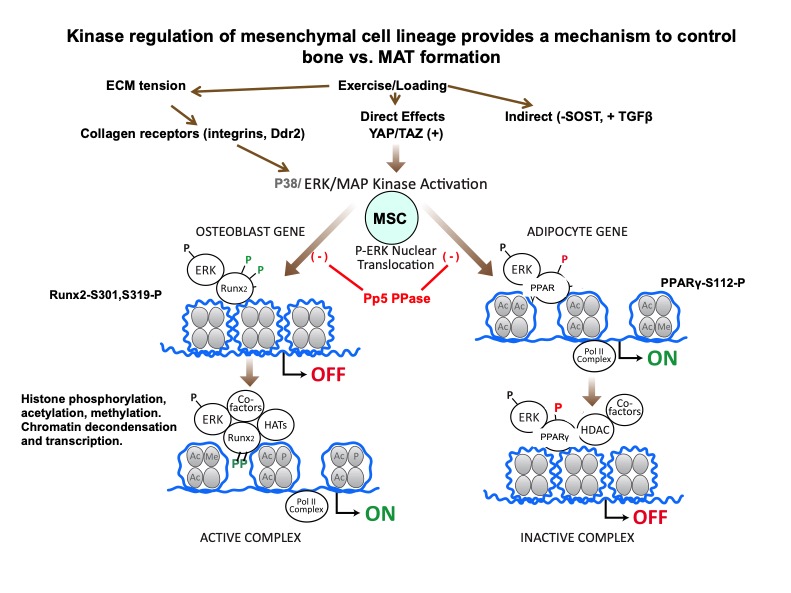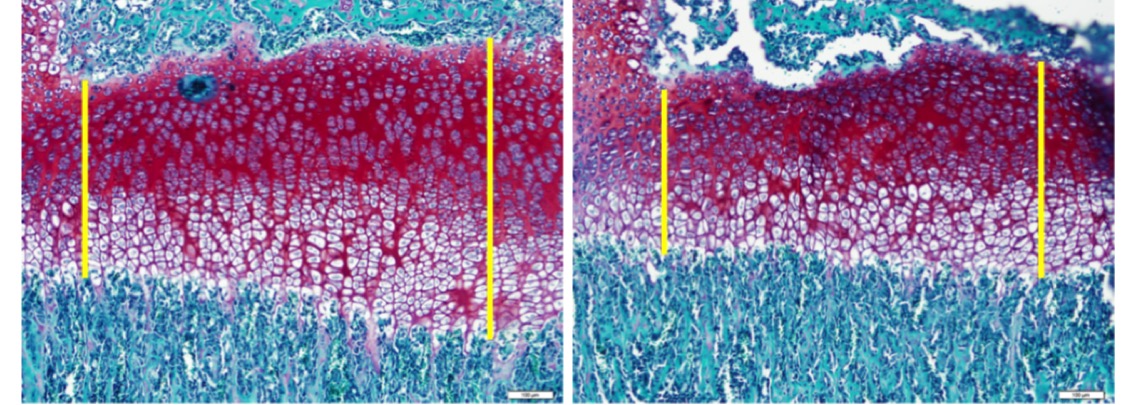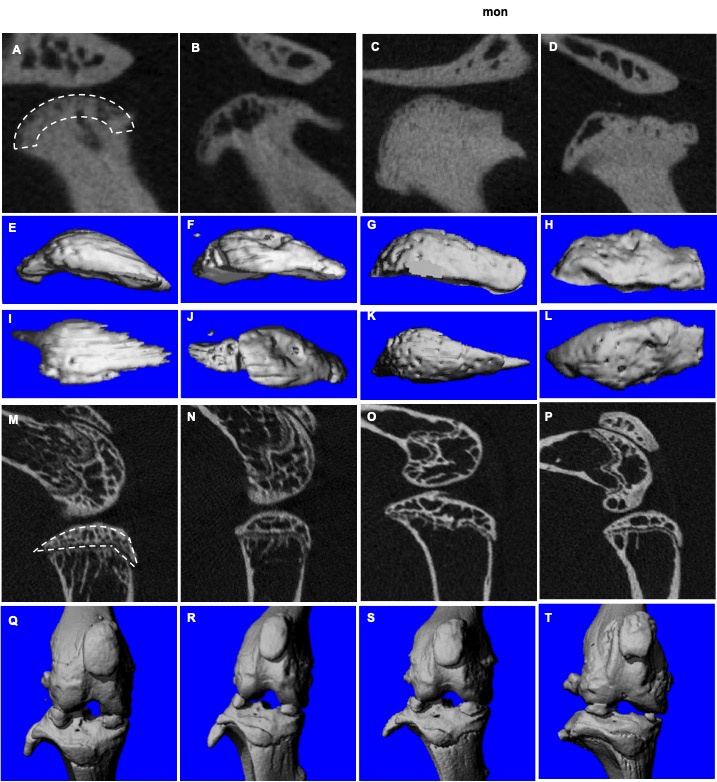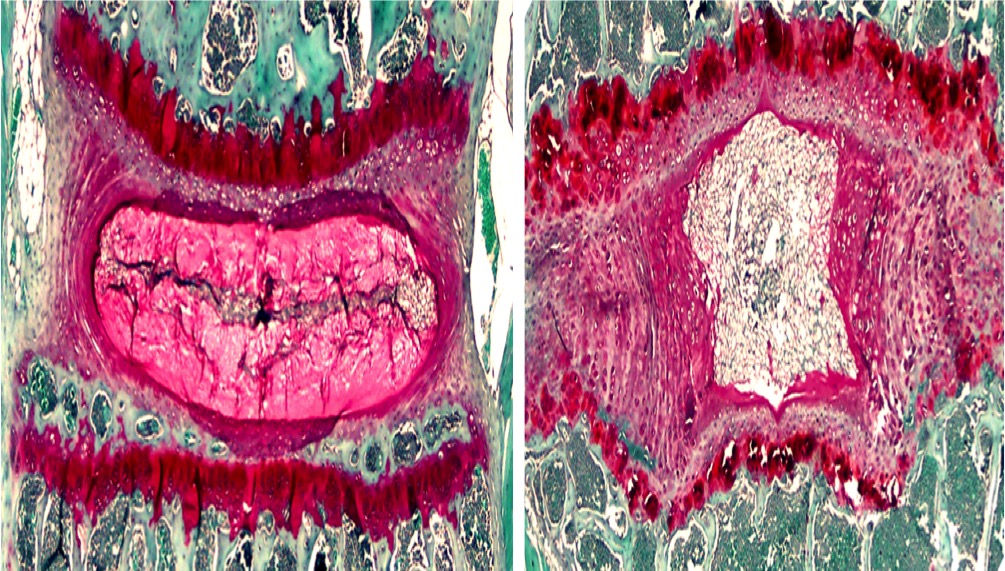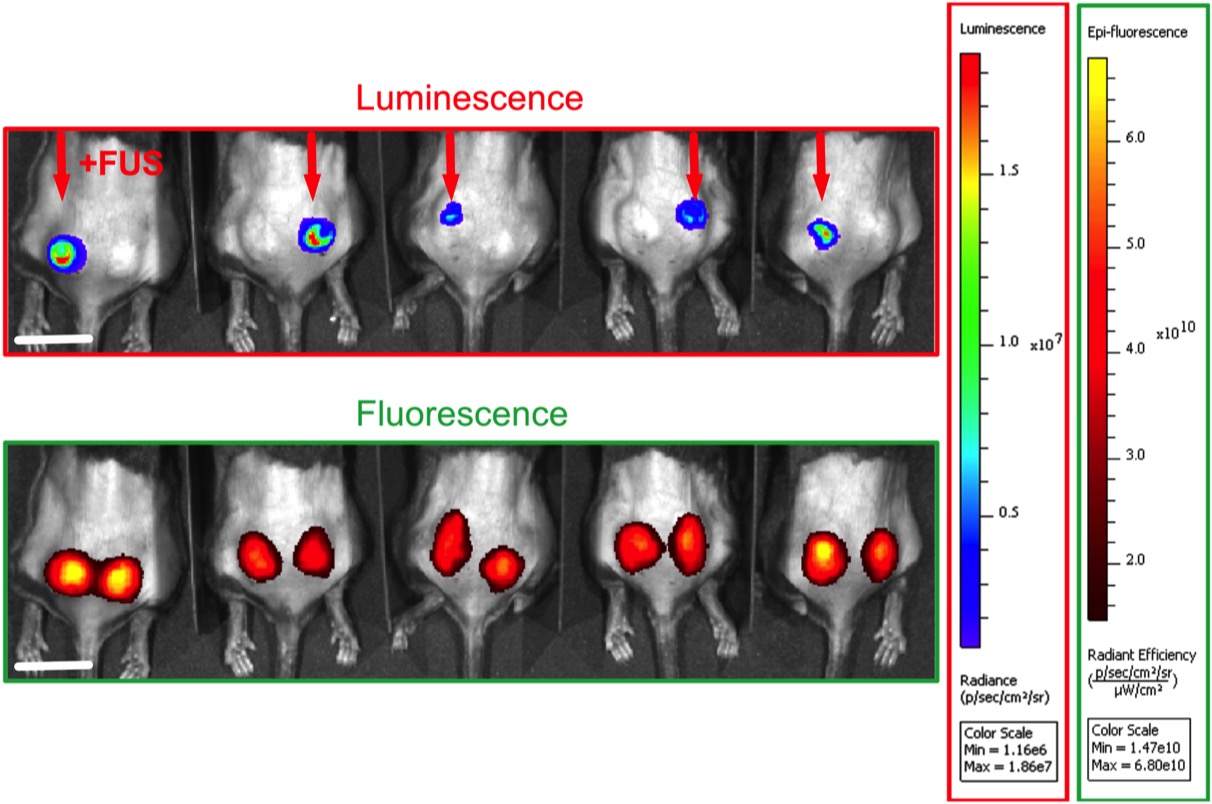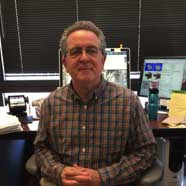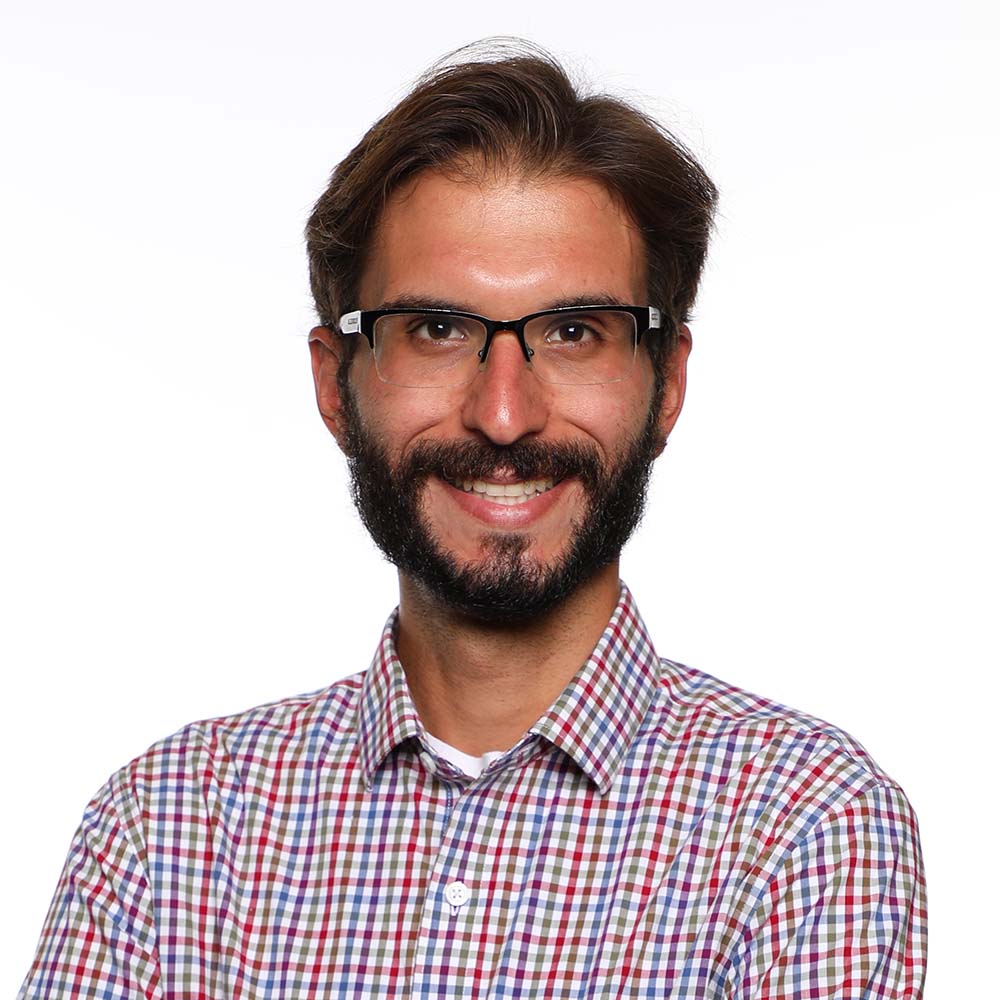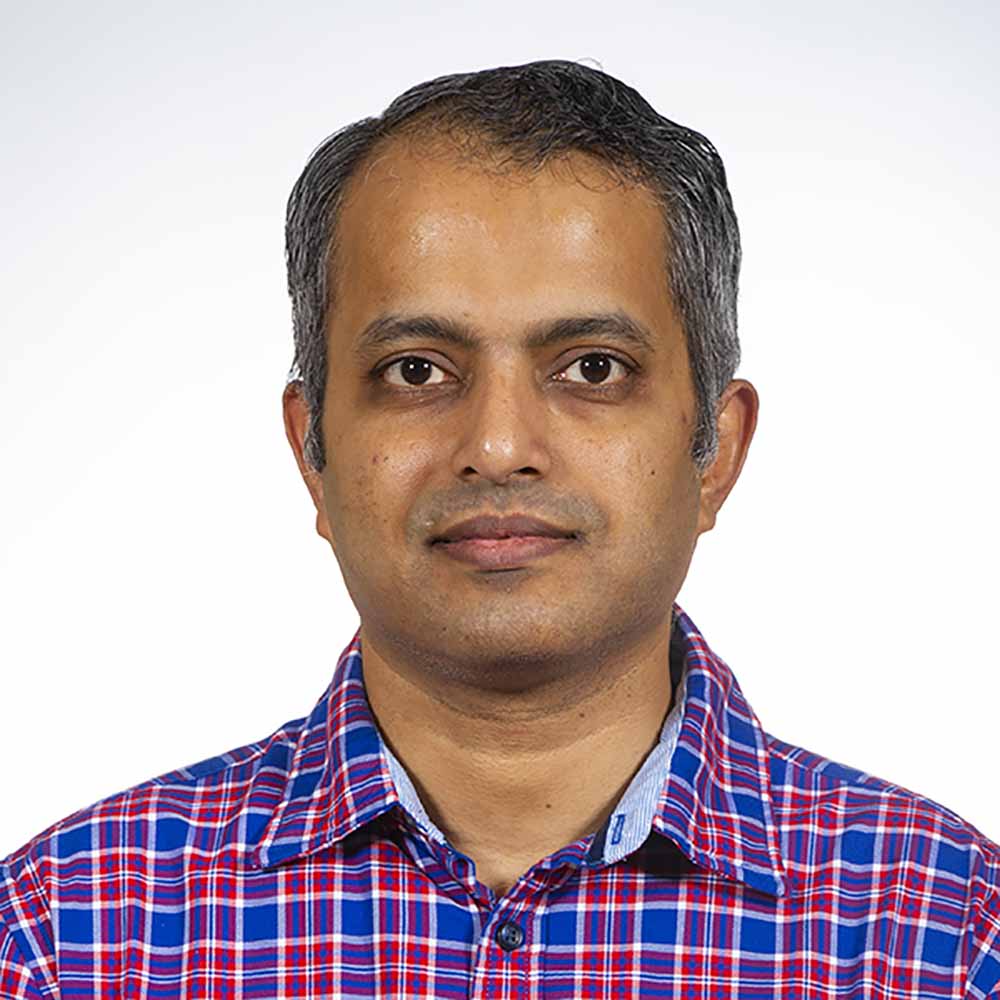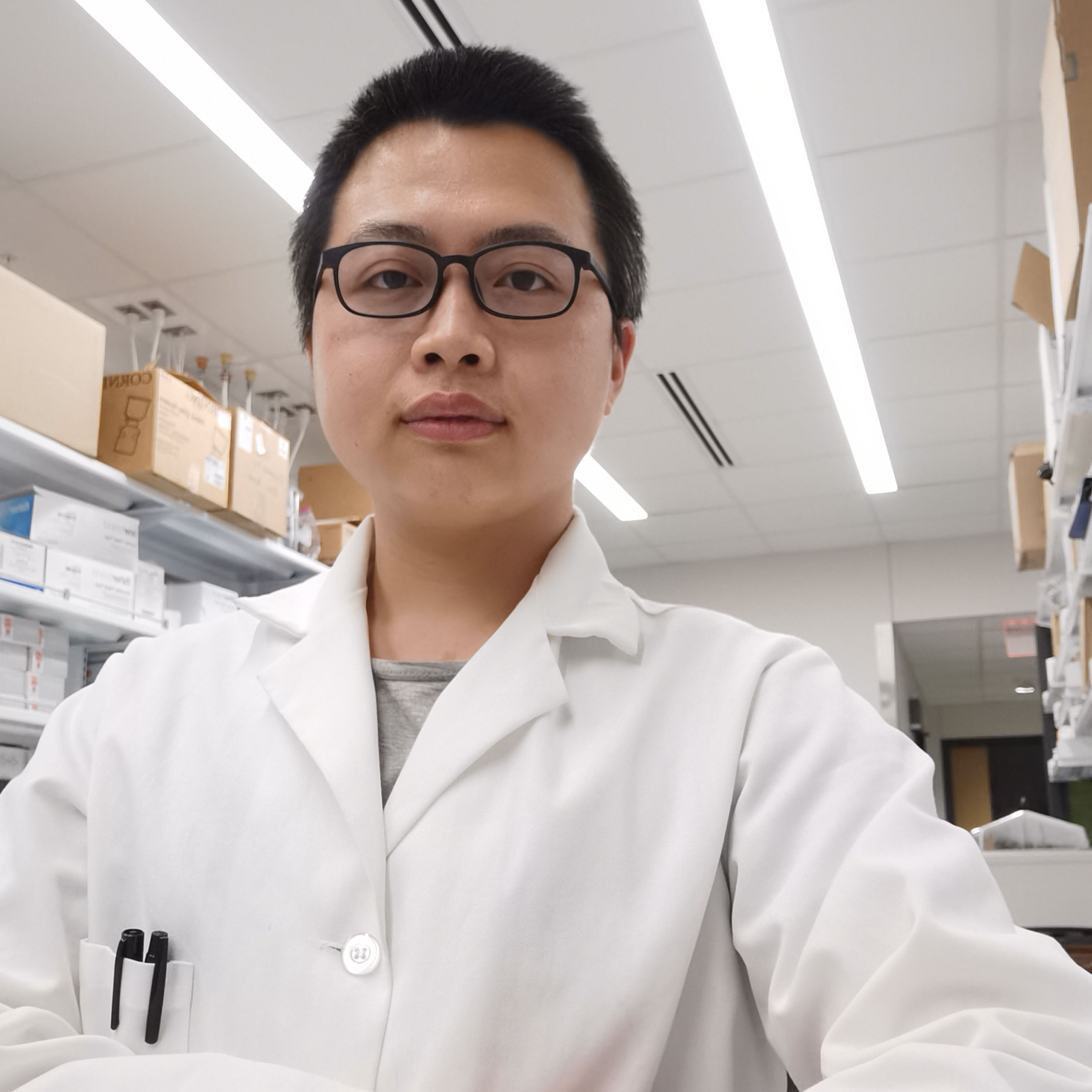ABOUT
Defective bone and cartilage formation leads to osteoporosis, osteoarthritis, periodontal degeneration and tooth loss; the goal of our laboratory is to understand signals controlling bone and cartilage formation and exploit this knowledge to regenerate skeletal tissues.
Our laboratory is studying signals regulating the formation and functioning of bone and cartilage and is applying this knowledge to regenerate skeletal tissues for eventual clinical applications. We use a variety of molecular approaches and make extensive use of cell/organ culture and transgenic mouse models.
FOCUS AREAS
CONTROL OF GENE EXPRESSION IN BONE
Differentiation of mesenchymal stem cells to osteoblasts (bone forming cells) requires RUNX2, an essential transcription factor that functions by binding to regulatory regions of target genes. We showed that RUNX2 is activated by MAP kinase (ERK and p38)-mediated phosphorylation, which subsequently induces epigenetic changes to alter chromatin architecture and expression of genes involved in osteoblast function. This pathway is activated by a variety of signals including extracellular matrix-mediated mechanical loading and growth factors.
Lack of weight-bearing exercise is a major cause of osteoporosis and bone loss while increased loading stimulates bone formation. We recently showed that loading stimulates MAP kinase activity. In addition to activating RUNX2, MAP kinase suppresses PPARɣ, a transcription factor necessary for marrow fat formation. This finding may explain why osteoporosis is usually associated with elevated marrow fat and can be reversed by weight-bearing exercise. Ongoing studies are focused on determining how changes in RUNX2 and PPARɣ phosphorylation alter chromatin structure and transcriptional activity at the genomic level.
EXTRACELLULAR MATRIX CONTROL OF BONE AND CARTILAGE DEVELOPMENT
Interactions between cells and their extracellular matrix (ECM) are critical for growth, differentiation and tissue morphogenesis. Collagens are the major ECM components of bone; binding of osteoblast and chondrocyte progenitors to collagens is essential for cell proliferation and differentiation. Discoidin domain receptor 2 (DDR2) is a major collagen receptor in bone and cartilage. DDR2 mutations cause severe bone and cartilage defects in humans and mice including severe reductions in bone mass and degeneration of the temporomandibular joint and intervertebral discs. Ongoing studies are using transgenic models to understand how DDR2 functions in bone and cartilage and exploit this knowledge to design tissue engineering scaffolds for bone and cartilage regeneration.
GENE THERAPY APPROACHES FOR BONE REGENERATION
In collaboration with Dr. M. Fabiilli, methods are being developed that use focused ultrasound to stimulate synthesis of growth factors at specific locations within regenerating tissues. Ongoing studies are using this approach to pattern the expression of angiogenic and osteogenic factors, thereby producing blood vessels and bone at specific locations in the body. These methods may have wide applications in regenerative medicine where patterned delivery of growth factors is critical to produce new tissues of defined shape and size.

